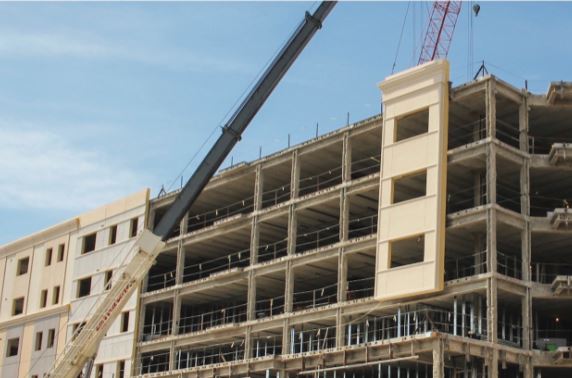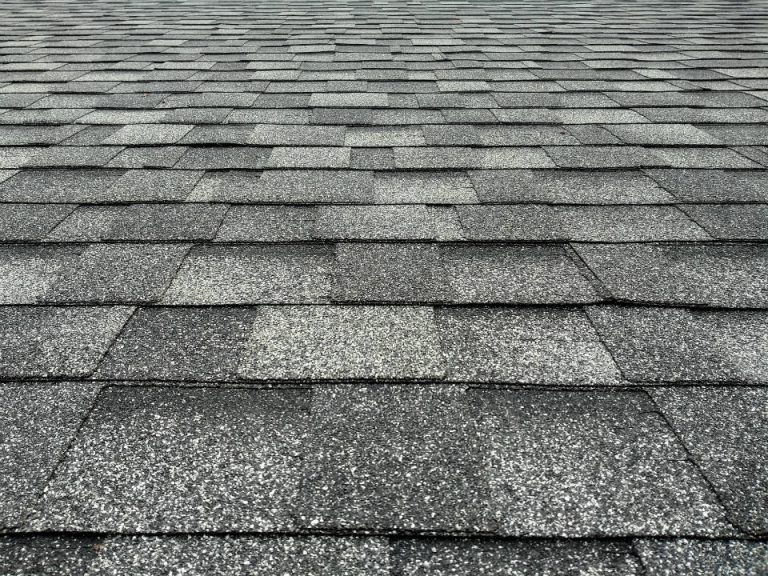There are many reasons for a property owner to decide whether they want to repair their damaged, leaking roof or opt for a full roof replacement. In some instances it is not even up to the property owner, for example when insurance is involved. If you roof is damaged or leaking, you may be considering repairing the damaged area or investing money in a complete roofing system replacement. This article will cover some of the top things to consider when making this decision. Architectural Asphalt Roofing Shingles vs. Old Three-Tab Shingle Roofs The two main types of asphalt shingle roofs are, 1) old 3-tab shingles and, 2) architectural asphalt shingles. Many roofers prefer to only install architectural asphalt shingles. Hanover PA roofing contractor JWE owner Jeff W. Erb says that he never recommends 3-tab shingles, and only feels comfortable installing architectural asphalt shingle roofing. “I have been working on roofs for over 20 years and I’ve seen thousands of failed roofing systems. In my experience, the old 3-tab roofs are inferior to the newer architectural asphalt shingles in terms of durability and leak protection. Architectural asphalt shingles are more desirable not only because of their aesthetic appearance and the high-definition look they provide, but because of the lifetime warranty provided by roofing product manufacturers. It’ll be the last roof you ever need for your home”. Lifetime Warranty for Architectural Asphalt Shingle Roofs Erb is referring to the ‘out-of-the-wrapper’ warranty provided by shingle manufacturers like GAF, IKO and CertainTeed on their roofing products. Furthermore, roofing installers like JWE who are factory-certified by these manufacturers are able to register their customers new roofs for extended, full-coverage, “lifetime” warranties that exceed 30, 40 and even 50 years (depending on the manufacturer). These extended warranties are only available for architectural asphalt shingle roofing system installations, so if you have a 3-tab roof that is due for a replacement it is well worth the money to invest in an architectural asphalt shingle roof. When it comes to quick roof repairs, most roofers do not guarantee that their work will stop the leak for an extended period of time. In order to warranty their work, roofers want to know that their installation is done properly, and this just isn’t possible without removing the existing roof. Roofers therefore prefer to address the roofing system in its entirety, which we will discuss in the following section. Roofing System Anatomy: Components are Difficult to Repair, but a Roof Replacement Addresses the Entire System A building’s roof is more than just a layer of shingles or sheet metal. A roof is a system of barriers that work together to protect from water, leaks, wind, storms, hail, energy loss, and more – the shingles are simply the outermost visible layer of the roofing system. If that outer layer of shingles has failed to the point of water leaking into the home, it is likely that there is damage to inner barriers like underlayment, roof deck plywood, flashing (like chimney- and step-flashing), vent-pipe boot leaks, and more. It is rarely the case that the source of the leak can be easily identified in a way that makes a simple repair possible without having to remove large sections of the roof. In most cases a full roof replacement is the most effective way to thoroughly repair the leak. During a full roof replacement all the components of the roofing system are replaced, and the roofer is therefore confident that their installation will last for decades to come. NOTE: Metal roofing is becoming increasingly popular, and if your asphalt shingle roof is due for a replacement you may want to be one of the many homeowners who are considering updating to metal roofing like standing seam, metal shingles or corrugated steel. They are far more durable, last much longer, and are unlikely to leak or suffer storm damage. Some types are not much more expensive than asphalt shingle roofs. Learn more about metal roofing services costs, benefits, etc. Dealing with Insurance Claims for Roof Damage Caused by Storms and other Covered Perils Roofs are the most common part of a house that are paid for by insurance companies. Most roofing contractors have the majority of their work paid for by homeowners insurance, and they are all painfully aware of the fact that these insurers have a profit motive to pay out as little as possible. This usually results in approval for bare-minimum repairs rather than full replacements. Ultimately this causes more hassle for the homeowner, who will inevitably have to shell out money for future repairs or a full roof replacement sooner than they would have otherwise had to. It is possible for savvy homeowners to get the most out of their insurance provider for their roof damage repair claim if they hire the right roofing contractor, many of whom are partnered with public insurance adjusters who are experts at getting claims approved. They are usually hired on a contingency contract that holds the homeowner accountable for no more than their deductible. Hiring a professional loss adjuster like this is a win-win for owners dealing with home damage because the contractor’s goal is to get the full extent of work approved and paid for. CONCLUSION: Most Professional Roofers Recommend a Full Roof Replacement The fact that most roofers usually recommend replacing a leaking or damaged roof is not a dishonest ploy to upsell property owners. As we explained above, it is hard for a professional roofing contractor to guarantee a small repair because it’s almost always impossible to determine the source and cause of the leak. Furthermore, roofing manufacturers do not warranty their products unless the installation of three or more roofing system components accompanies their shingles, so anything short of a replacement is missing the opportunity for a lifetime warranty. The good news is that a roof replacement is often the last roof a homeowner will need to get. The lifetime warranty on architectural asphalt shingle roofs is transferable to the next








